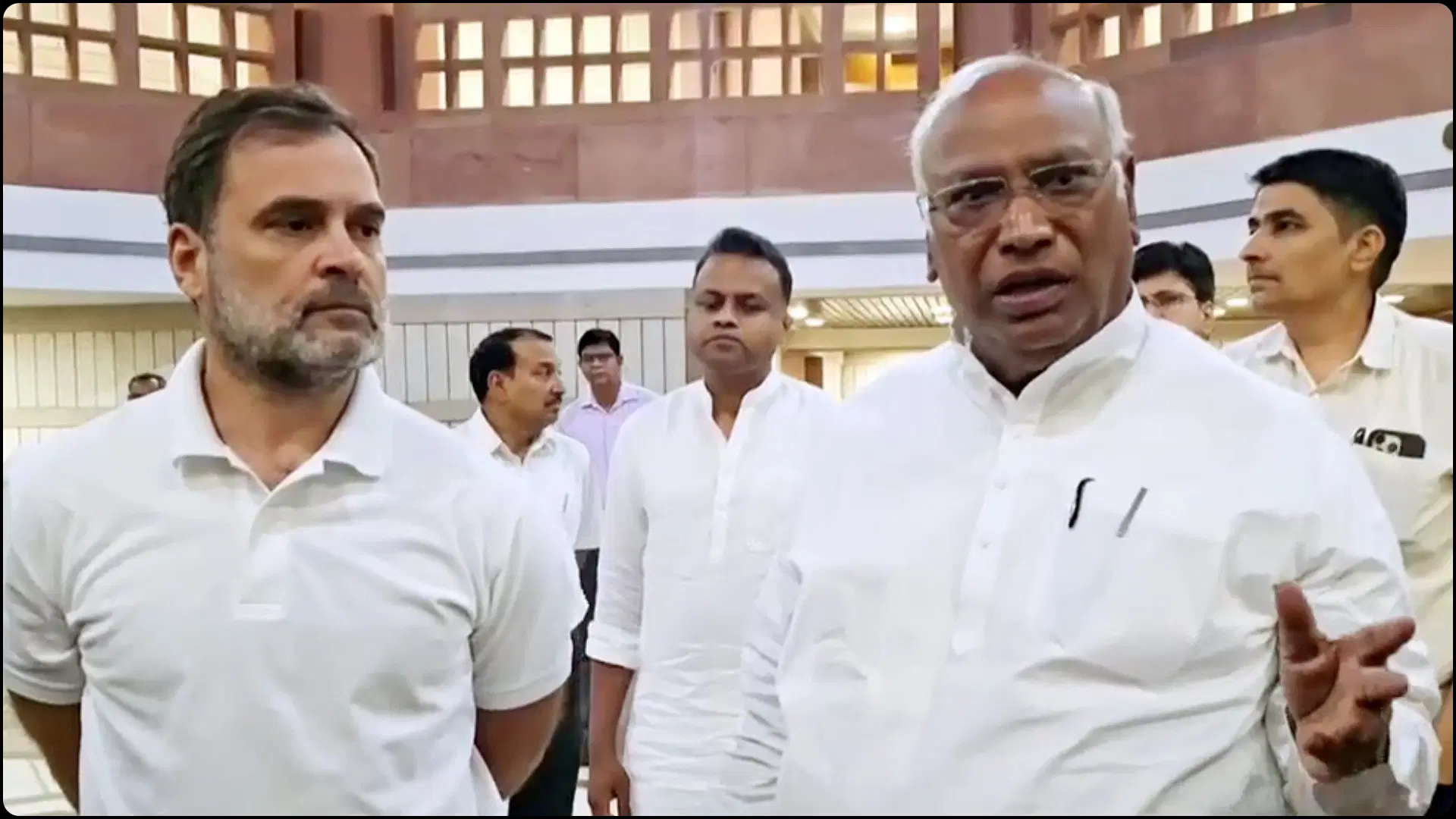
India strengthens its global defence influence with a new manufacturing hub in Africa. The facility boosts exports and cements strategic ties. Raksha Mantri Rajnath Singh Ji inaugurated the plant on Tuesday. Operated by Tata Advanced Systems Ltd. (TASL), it stands as Morocco’s largest defence manufacturing site.
The Casablanca facility marks a first for an Indian private company in Africa. Singh launched the operations during a ceremony. The plant stems from an MoU between TASL and the Moroccan government. TASL partners with the Defence Research and Development Organisation (DRDO). They produce the Wheeled Armoured Platform (WhAP) – 8×8 for the Royal Moroccan Army.
India’s Aatmanirbhar Bharat vision drives this step. It focuses on self-reliance and global supply. Singh emphasized this goal. “We pursue ‘Make in India,’ ‘Make with Friends,’ and ‘Make for the World,’” he said. “This facility exemplifies that approach.”
Singh engaged with Rabat’s Indian community. He highlighted India’s economic rise. From the 11th to the 4th largest economy, it targets the top three. Growth persists despite global hurdles.
India’s defence sector thrives. Production reached ₹1.5 lakh crore this year. Exports surpassed ₹23,000 crore, reaching over 100 countries. Equipment includes radars, missiles, and artillery. Private firms like TASL, Larsen & Toubro, and Bharat Forge lead globally.
The Morocco plant equips the Royal Moroccan Army. The WhAP offers mobility for troops and weapons. DRDO tests confirm its reliability. Production begins next year, aiding Morocco’s defence against regional threats.
India also advances in drone warfare. The military plans ‘Cold Start,’ its largest drone exercise, in October. It tests unmanned systems and countermeasures. Industry and researchers join. The drill follows border tensions with Pakistan.
Air Marshal Rakesh Sinha leads preparations. “This strengthens air defence and counter-UAS,” he said. Air Marshal Ashutosh Dixit noted, “Drones anchor the ‘Sudarshan Chakra’ system by 2035.” It integrates aircraft and anti-hypersonic tech.
Experts highlight drones’ impact. Retired Lt. Gen. H.R. Gopal said, “Drones cause 70-80% of casualties in modern conflicts.” He cites Ukraine and Gaza. AI enhances targeting. Small units deploy swarms effectively.
Analyst Michael Kofman observes, “Cheap drones empower smaller forces.” RAND studies confirm this. Uncrewed systems improve precision and reduce pilot risks.
CSIS reports stress strategy shifts. “Drones drive recruitment,” they note. Operators train rapidly. Yet challenges remain. Jamming and cyberattacks threaten swarms.
The U.S. lags in drone integration. CNN reports skill shortages among soldiers. A DoD directive targets “drone dominance” by 2030.
India adapts swiftly. ‘Cold Start’ tests indigenous drones. Companies like IdeaForge supply quadcopters. Exports grow, reaching allied nations like the United States, France, and countries in the Middle East and Africa.


